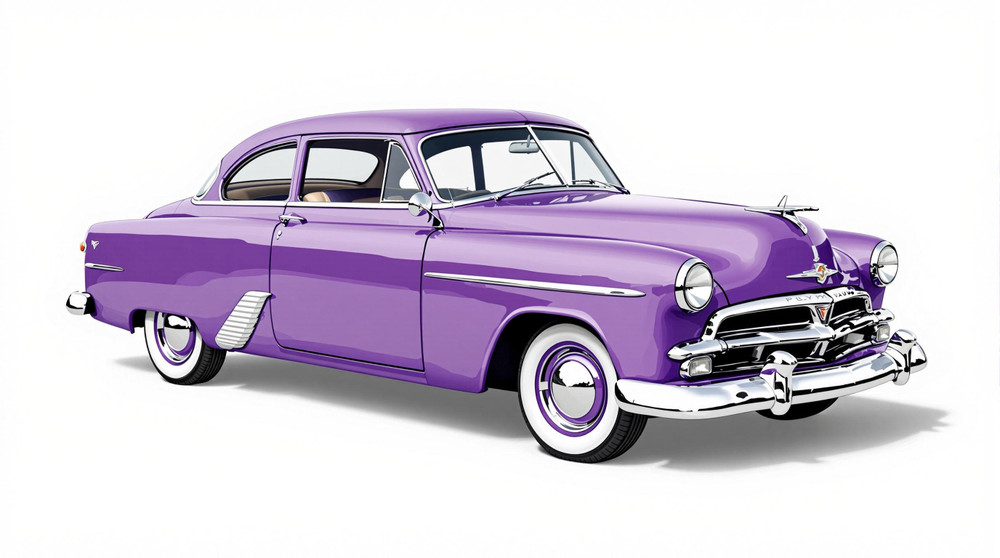Image of 1953 Plymouth Savoy, Note: These illustrations use artistic license and may differ from actual historical models.
Performance Metrics
Fundamental Metrics
Emotional Appeal
MMP Rating
| Engine Specifications | |
|---|---|
| Engine: | Inline 6 |
| Displacement: | 217.8 cu in (3.6 L) |
| Horsepower: | 100 hp |
| Torque: | 177 lb-ft |
| Compression Ratio: | 7.6:1 |
| Ignition System: | Distributor and coil |
| Cooling System: | Liquid-cooled |
| Performance Specifications | |
| 0-60 Time: | Estimated 20 seconds |
| 1/4 Mile Time: | Estimated 22 seconds |
| Top Speed: | 90 mph |
| Transmission and Drive | |
| Drive Type: | Rear-wheel drive |
| Transmission Type: | 3-speed manual |
| Fuel and Efficiency | |
| Fuel System Type: | Carburetor |
| MPG: | Estimated 15-20 mpg |
| Dimensions and Brakes | |
| Brakes: | Drum brakes |
| Wheelbase: | 114 inches |
| Weight: | 3,200 lbs |
Note: Specifications for classic cars are given to the best of our ability, considering the limited and variant data available.
1953 Plymouth Savoy: A Testament to Post-War American Ingenuity
The 1953 Plymouth Savoy emerged as a beacon of American resilience and innovation during a time when the nation was transitioning from wartime austerity to peacetime prosperity. Crafted by the diligent hands at Plymouth, a division of the Chrysler Corporation, this vehicle is a reflection of the era's burgeoning automotive industry. Notably, it was among the first cars to be designed with an eye toward family comfort and economy rather than pre-war opulence or wartime utility. The Savoy holds the distinction of being one of the first vehicles to offer an automatic transmission, the Hy-Drive, in the low-price field, marking a significant shift in driving dynamics.
Design and Innovation
The 1953 Plymouth Savoy presented itself with a poised and understated elegance that was characteristic of early 1950s American design. Its exterior boasted clean lines and rounded forms, with just enough chrome to catch the eye without appearing ostentatious. Inside, passengers were greeted with a functional yet comfortable cabin, where simplicity did not detract from quality. Materials were chosen for durability and ease of maintenance—a nod to the practical-minded consumer. Technologically, the Savoy was ahead of its time with features like an optional electric windshield wiper motor replacing the standard vacuum-powered unit. Color options ranged from conservative shades to more vibrant hues, with popular choices including Cambridge Blue and Rio Red. Body styles varied from sedans to coupes, but it was the four-door sedan that became emblematic of the model's family-friendly appeal.
Historical Significance
In an era dominated by larger-than-life automobiles, the Plymouth Savoy stood out for its focus on economy without sacrificing style or comfort. This approach would lay groundwork for future generations of family cars. Its historical footprint is marked by its contribution to making automatic transmissions commonplace in affordable vehicles.
Performance and Handling
Underneath its modest hood, the 1953 Savoy housed a flathead six-cylinder engine that delivered reliable performance. While not designed as a speed demon, it achieved respectable top speeds and offered smooth acceleration for its class. Handling was characterized by a gentle ride quality that absorbed road imperfections well for its time. Driving this classic today transports one back to an era where travel was as much about the journey as the destination.
Ownership Experience
Owners of the '53 Savoy typically found themselves behind the wheel of a daily driver that could handle routine errands and family outings with equal aplomb. Maintenance was straightforward, endearing it to those who valued reliability over flashiness. While not commonly associated with racing or high-performance driving, it has earned a place at classic car shows for its historical charm.
Fun Facts
The 1953 Plymouth Savoy might not have been associated with celebrities like some of its contemporaries, but it did have its share of quirks. For instance, it featured one of the first "key-start" ignitions replacing the then-common push-button start systems. Although it didn't set any speed records, its sales figures reflected solid performance in a competitive market.
Collector's Information
Today, collectors might find that locating a 1953 Plymouth Savoy can be somewhat challenging due to production numbers that were modest compared to some competitors. Estimates suggest that tens of thousands were produced across all body styles. In terms of value range, well-maintained examples can fetch anywhere from $10,000 to $20,000 depending on originality and condition. The market has shown appreciation for this model due to its significance in automotive history.
Conclusion
The 1953 Plymouth Savoy stands as a testament to an era when practicality began steering automotive design post-World War II. It encapsulates a period when America was on the cusp of great social and economic change—a vehicle not just for transport but for setting the stage for modern motoring comforts we've come to expect today.
1953 Plymouth Savoy Catalog of Parts
 1953 Plymouth Savoy Spring and Shackle Bushing. 7/8" bottom O.D-BN 19Spring and Shackle Bushing. 7/8" bottom O.D. X 1-1/4" high, with 1/2" I.D. Each
1953 Plymouth Savoy Spring and Shackle Bushing. 7/8" bottom O.D-BN 19Spring and Shackle Bushing. 7/8" bottom O.D. X 1-1/4" high, with 1/2" I.D. Each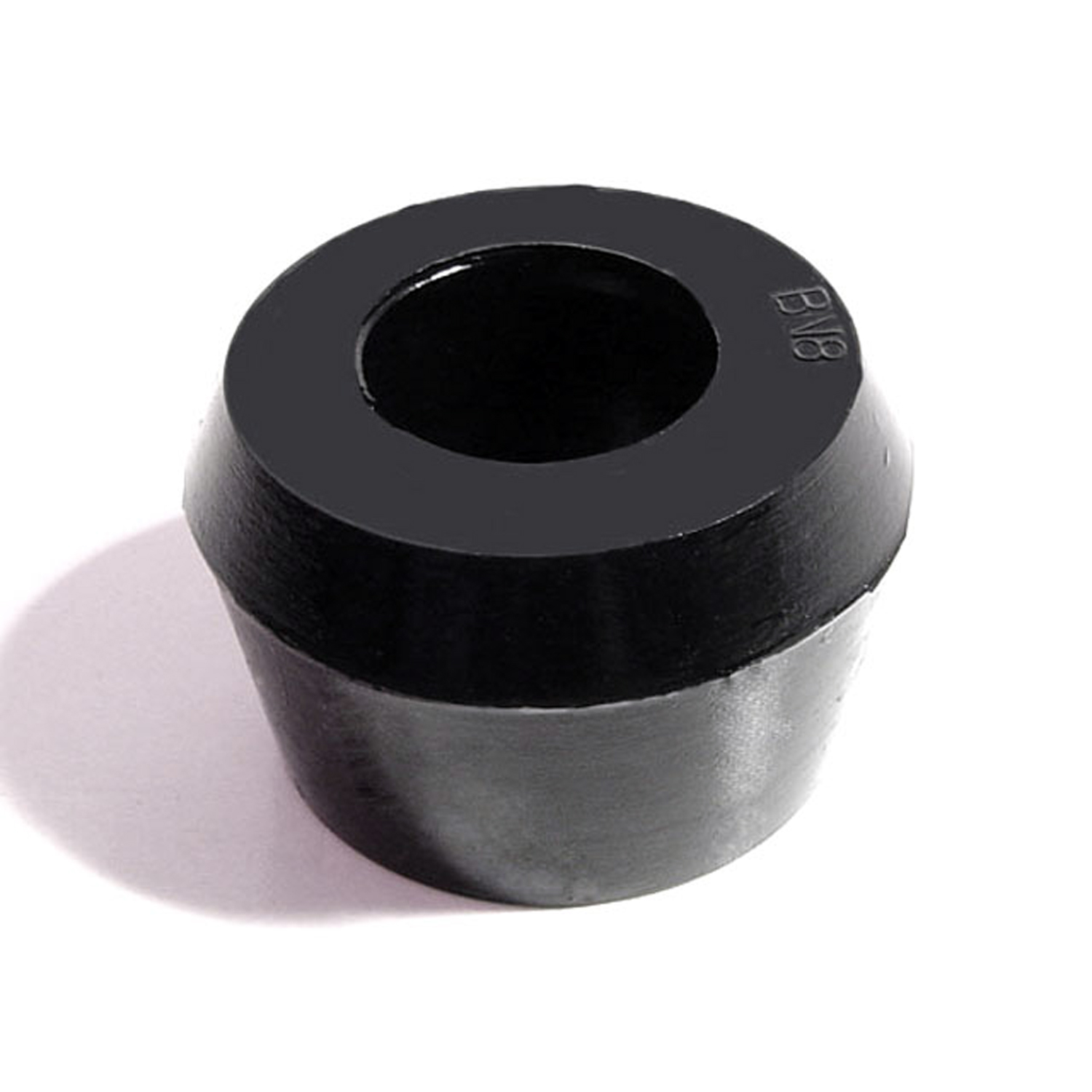 1953 Plymouth Savoy Shock Absorber Grommet. 1-1/4" bottom O.D-BN 8Shock Absorber Grommet. 1-1/4" bottom O.D., 1" high, with 3/4" I.D. Each
1953 Plymouth Savoy Shock Absorber Grommet. 1-1/4" bottom O.D-BN 8Shock Absorber Grommet. 1-1/4" bottom O.D., 1" high, with 3/4" I.D. Each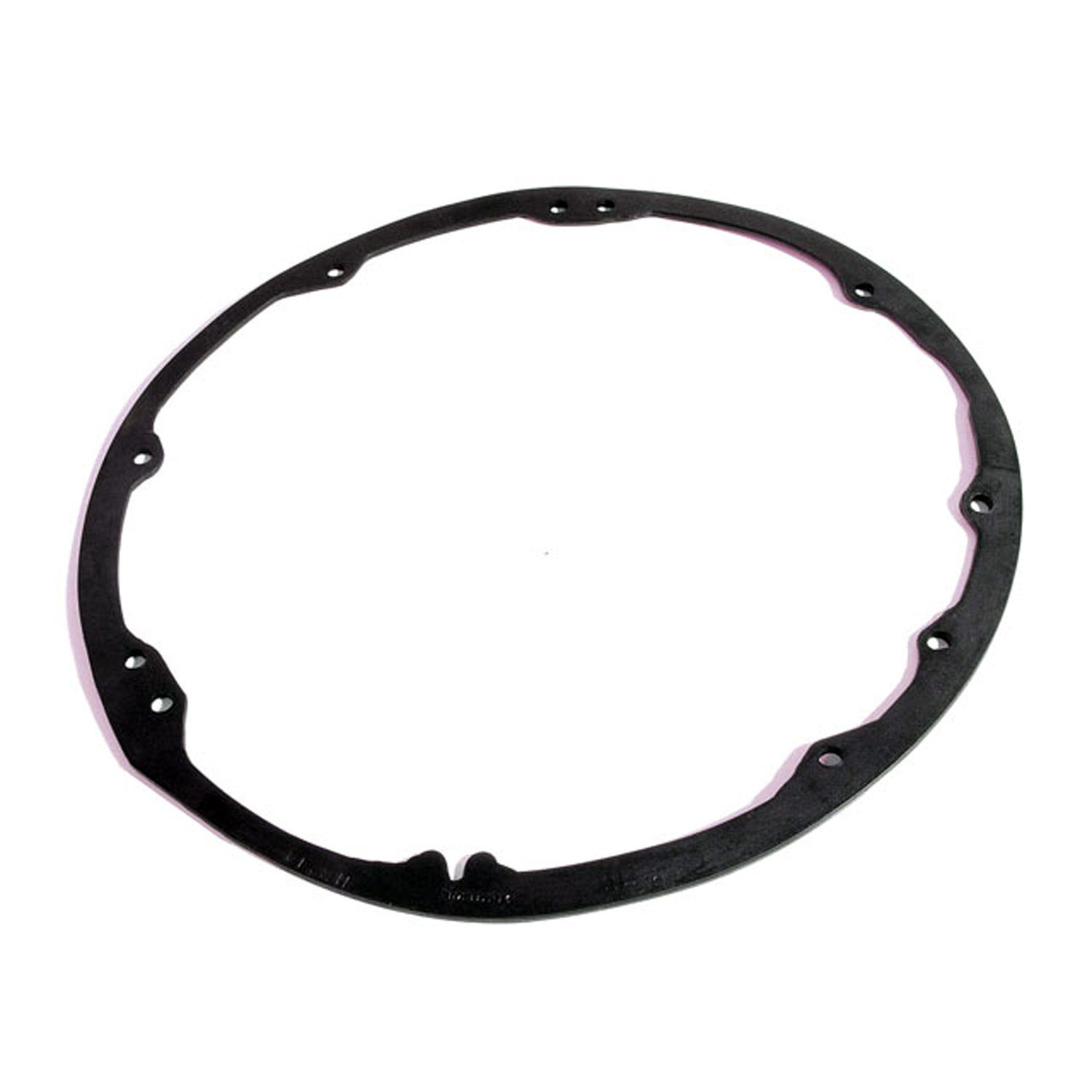 1953 Plymouth Savoy Headlight Ring Seal. 8-3/8" O.D., 7-3/4" I.D. Pair-HR 14Headlight Ring Seal. 8-3/8" O.D., 7-3/4" I.D. Pair
1953 Plymouth Savoy Headlight Ring Seal. 8-3/8" O.D., 7-3/4" I.D. Pair-HR 14Headlight Ring Seal. 8-3/8" O.D., 7-3/4" I.D. Pair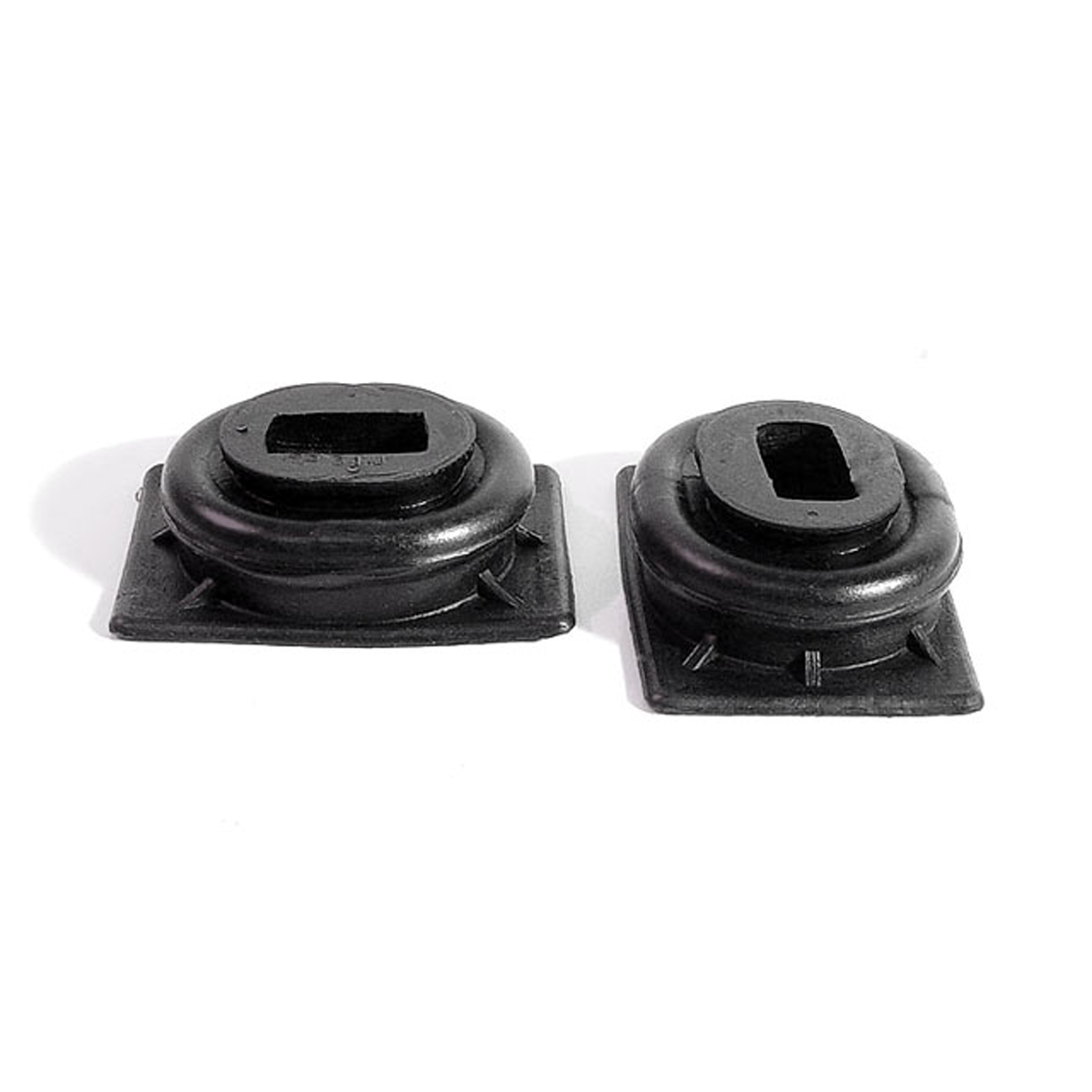 1953 Plymouth Savoy Clutch and Brake Seals. Replaces OEM #889473. Pair-RP 31-JClutch and Brake Seals. Replaces OEM #889473. Pair
1953 Plymouth Savoy Clutch and Brake Seals. Replaces OEM #889473. Pair-RP 31-JClutch and Brake Seals. Replaces OEM #889473. Pair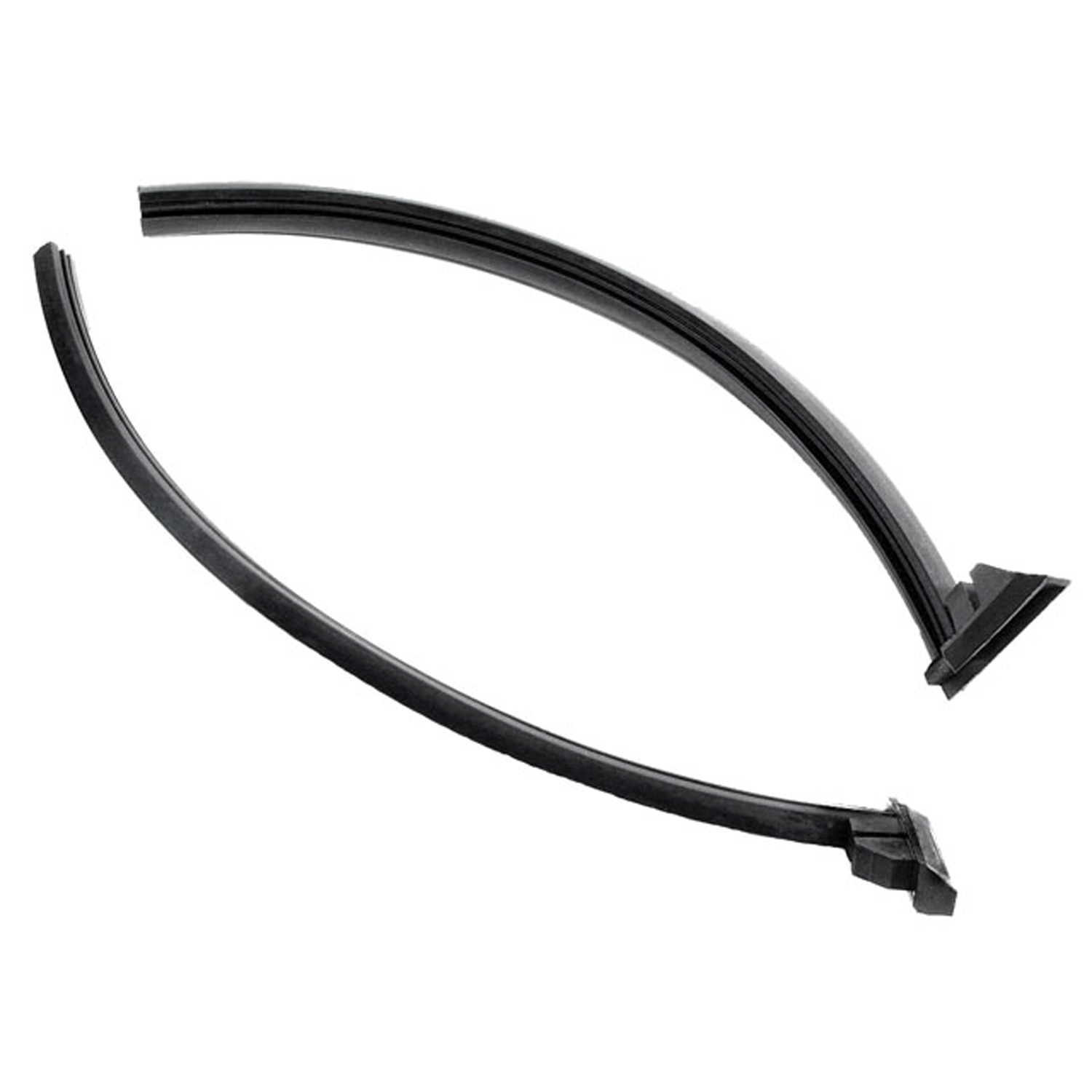 1953 Plymouth Savoy Rear Roll-Up Side Quarter Window Seals. Each piece 15" long-VS 3-BRear Roll-Up Side Quarter Window Seals. Each piece 15" long. Pair R&L
1953 Plymouth Savoy Rear Roll-Up Side Quarter Window Seals. Each piece 15" long-VS 3-BRear Roll-Up Side Quarter Window Seals. Each piece 15" long. Pair R&L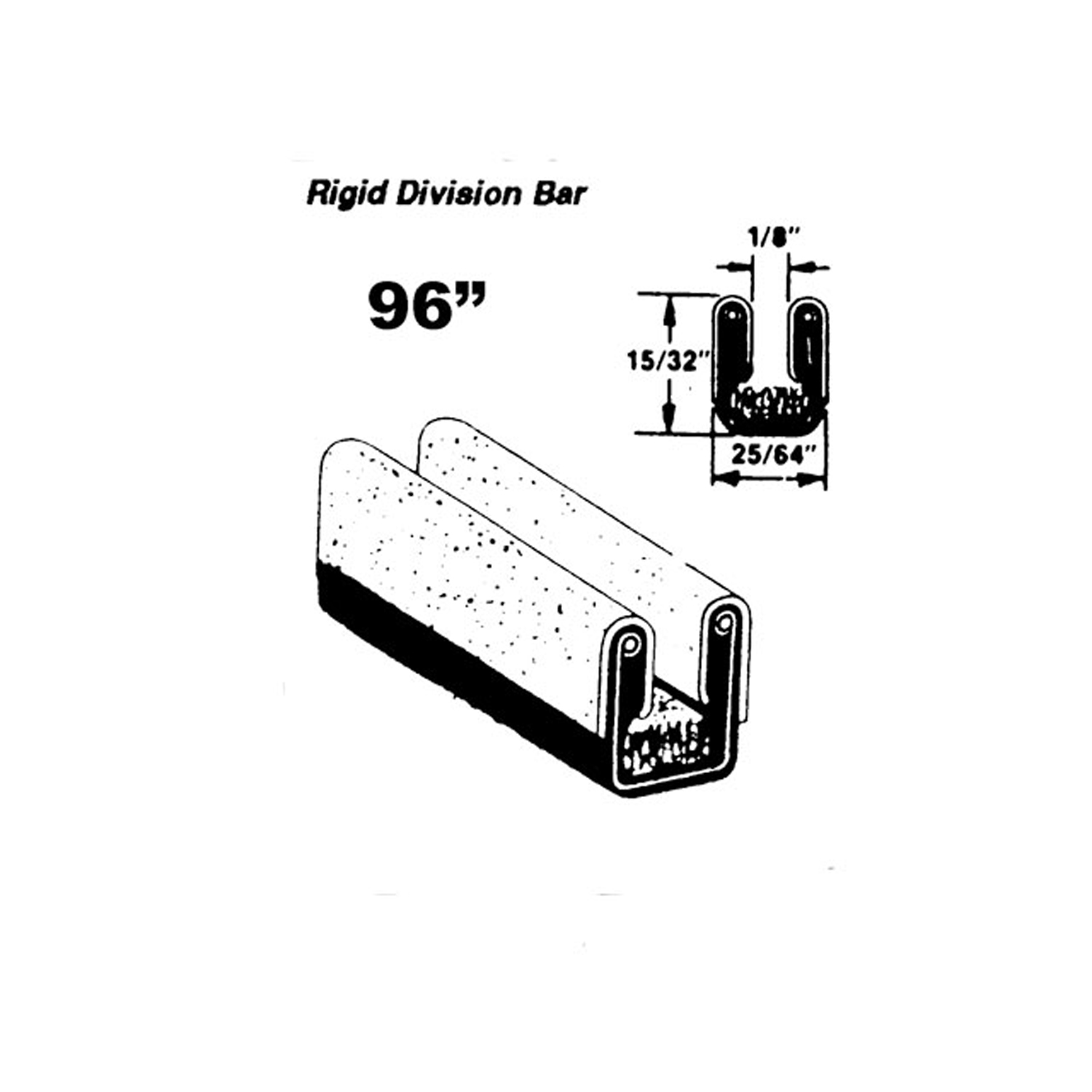 1953 Plymouth Savoy Rigid division-bar run channel-WC 31-96Rigid division-bar run channel. Made with very soft felt lining. Used on front and rear door side windows. 96 in. long. Each. NOTE: $20 special shipping charge applies for domestic orders. Call or email for overseas shipping costs. Part can be sectioned in two or three equal lengths to reduce overseas shipping costs.
1953 Plymouth Savoy Rigid division-bar run channel-WC 31-96Rigid division-bar run channel. Made with very soft felt lining. Used on front and rear door side windows. 96 in. long. Each. NOTE: $20 special shipping charge applies for domestic orders. Call or email for overseas shipping costs. Part can be sectioned in two or three equal lengths to reduce overseas shipping costs.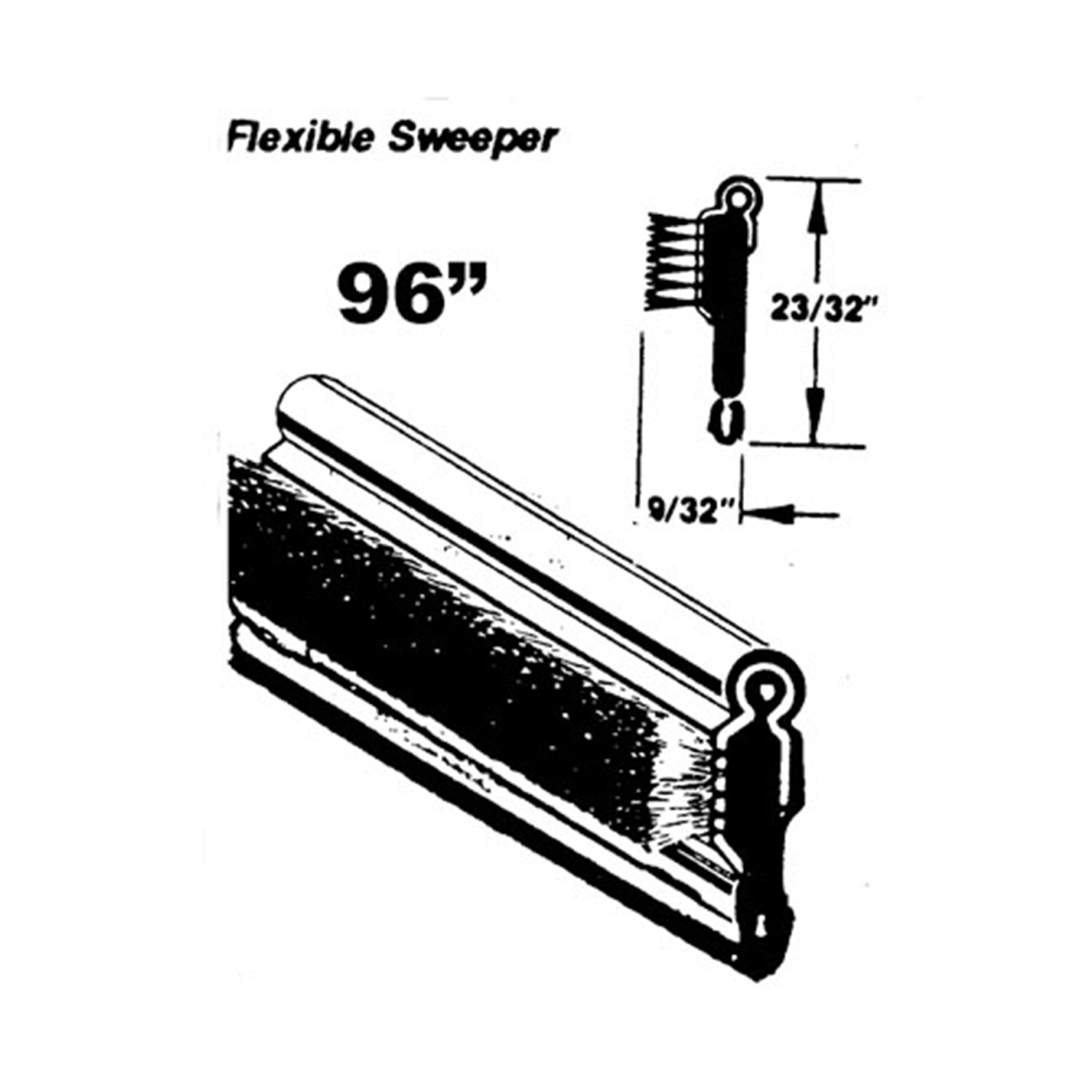 1953 Plymouth Savoy Flexible window sweeper. Made with stainless steel bead-WC 4-96Flexible window sweeper. Made with stainless steel bead. 96 in. long. Each. NOTE: $20 special shipping charge applies for domestic orders. Call or email for overseas shipping costs. Part can be sectioned in two or three equal lengths to reduce overseas shipping costs.
1953 Plymouth Savoy Flexible window sweeper. Made with stainless steel bead-WC 4-96Flexible window sweeper. Made with stainless steel bead. 96 in. long. Each. NOTE: $20 special shipping charge applies for domestic orders. Call or email for overseas shipping costs. Part can be sectioned in two or three equal lengths to reduce overseas shipping costs.Why Choose Metro?
For over 100 years, Metro Moulded Parts has been the pinnacle of quality in classic car restoration parts. Our commitment to precision and authenticity in every component ensures a perfect fit and an OEM-level appearance.
- Expert Craftsmanship & Quality: Each part is a testament to our dedication to reliability and perfection, crafted from original designs and thoroughly tested.
- Advanced Technology: We use cutting-edge techniques to create flawless, long-lasting parts that surpass others in performance.
- SuperSoft Sponge – The Ultimate Door Seal: Not only are our door seals 30% softer than competitors', but they're also guaranteed to never leak. They effectively reduce wind and road noise, enhancing your classic car's comfort and driving experience.
- Proudly American: Our parts are a product of American craftsmanship, made in the USA with a spirit of excellence and heritage.
- Unrivaled Warranty: We back our products with a 30-year industry-leading warranty, a testament to our confidence in their quality.
Join us in preserving the legacy of classic cars with parts that are crafted for perfection, not just made.

